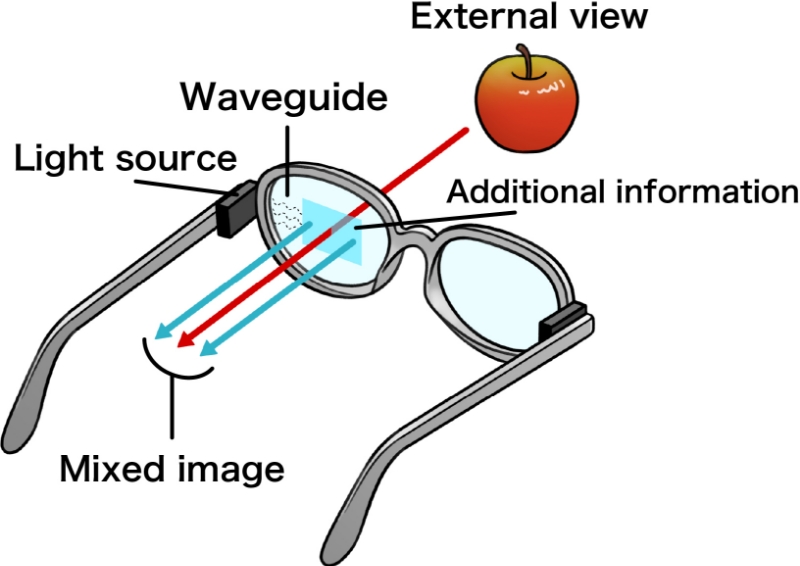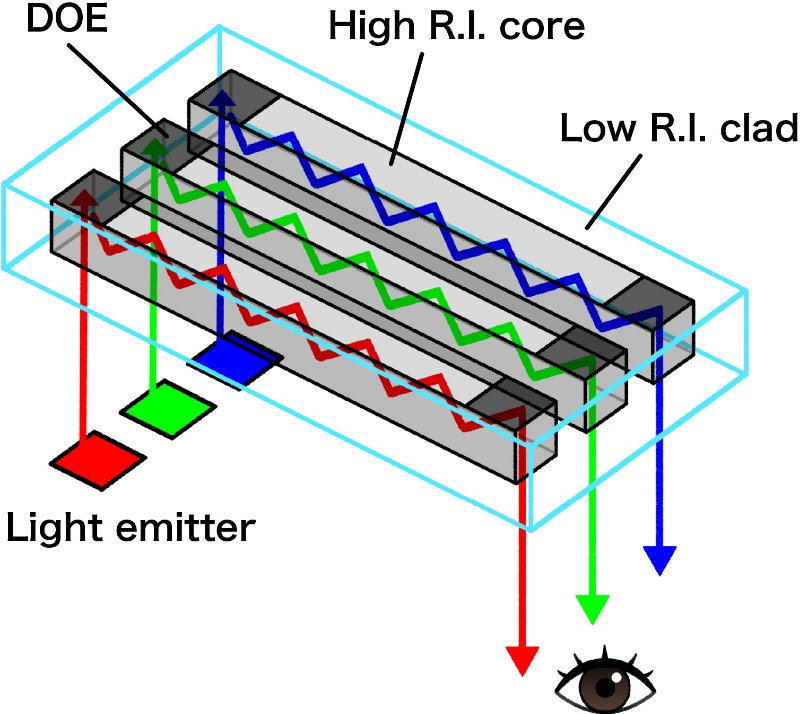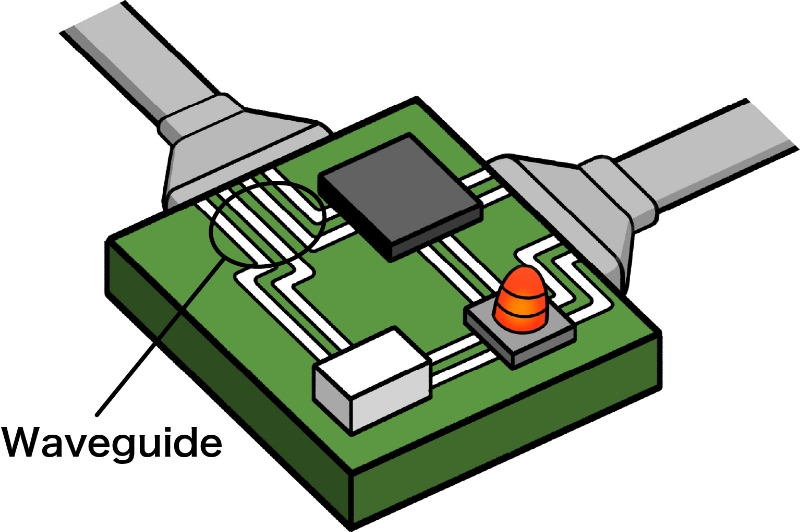
Resin lenses used in smartphone cameras face the challenge of being difficult to make thinner due to limitations imposed by their refractive index. By adding our inorganic oxide filler, you can achieve a higher refractive index for these lenses, enabling a thinner design. As a result, the entire device can be made even thinner and more compact.


Furthermore, under-display cameras : UDCs—which position the front camera beneath the display—are drawing attention as an innovative technology to achieve a bezel-less design. However, improving image quality remains a challenge. By utilizing our filler, you can reduce lens thickness and shorten the focal length, thereby contributing to further enhancements in UDC performance.
Development of glasses-type devices, such as AR glasses and smart glasses, is advancing rapidly. For these devices to become widespread, it is crucial that they offer a stylish design that can be worn comfortably—just like ordinary eyeglasses. One technology drawing attention in this context is the waveguide approach.


In glasses-type devices, the waveguide is formed as a two-dimensional structure consisting of a high-refractive-index core and a low-refractive-index cladding, much like an optical fiber. This design enables lighter and more compact devices. By using our material as the core, the refractive index is increased and the radius of curvature—defined as the smallest radius at which light can bend without loss—is reduced.
As a result, this paves the way for even smaller, higher-performance devices.

Photonic integrated circuits are a cutting-edge technology that enable high-performance data communication and information processing by integrating the handling of optical signals. Compared to conventional electronic circuits, using light allows for high-speed, high-capacity signal processing, dramatically increasing data transfer rates. As a result, photonic integrated circuits are attracting attention not only in the communications and data center infrastructure fields but also in sensing and medical applications.
A key technology within photonic integrated circuits is the polymer waveguide, which plays a vital role thanks to its flexibility and ease of processing. Being lightweight and cost-effective, polymer waveguides also help reduce both device size and overall costs. Our materials can be applied to this area as well, enabling high-precision optical signal management by optimizing optical transmission efficiency.
